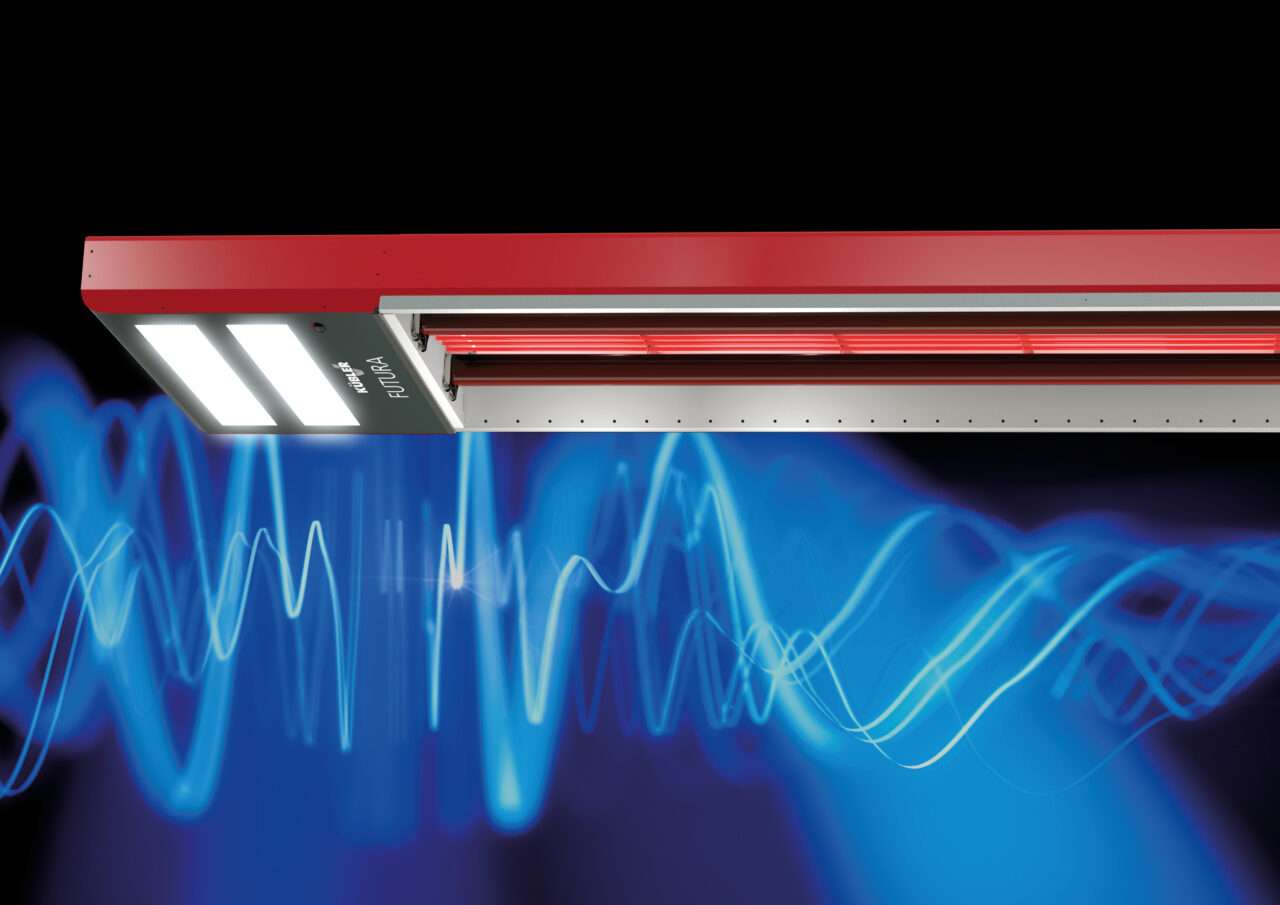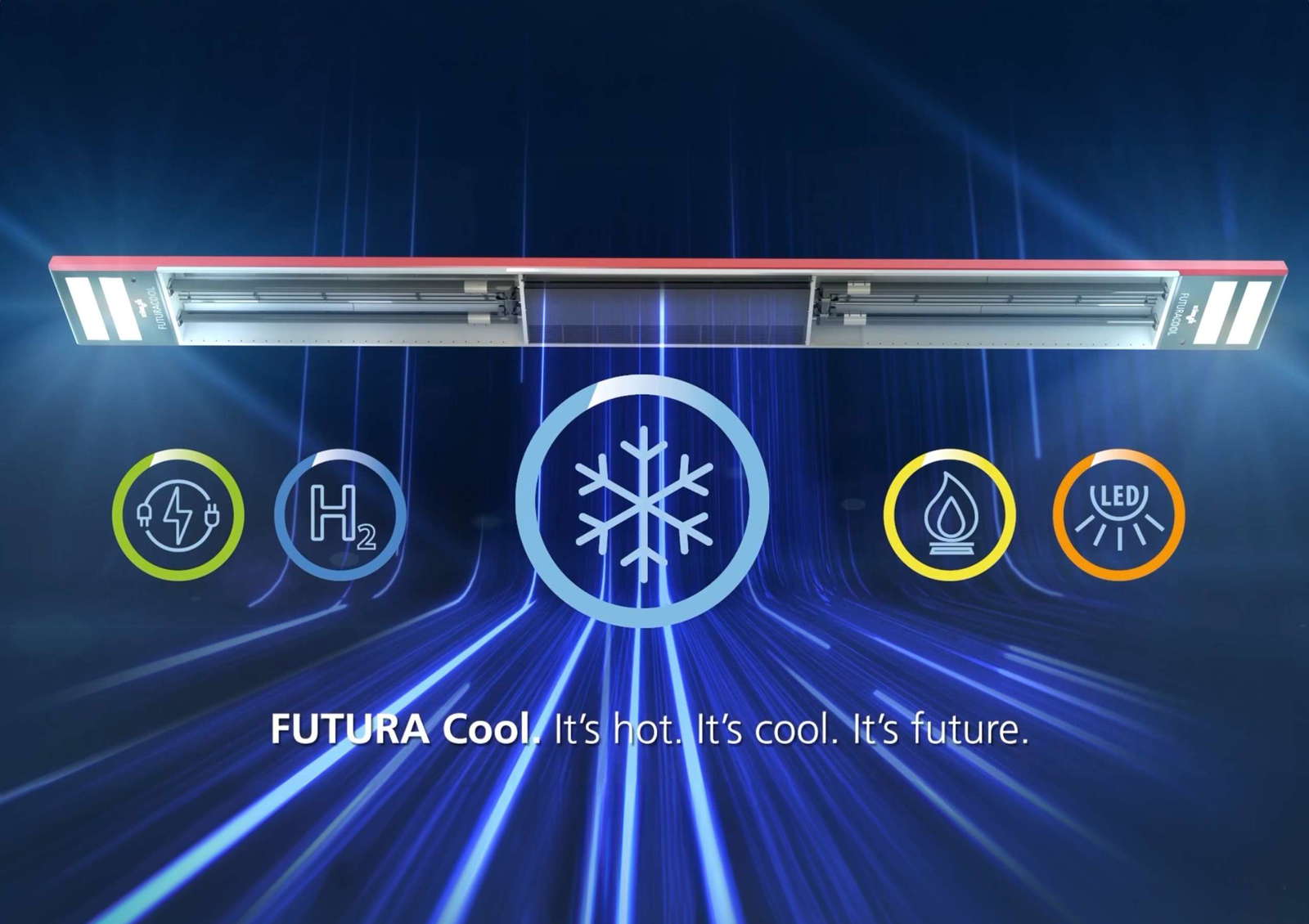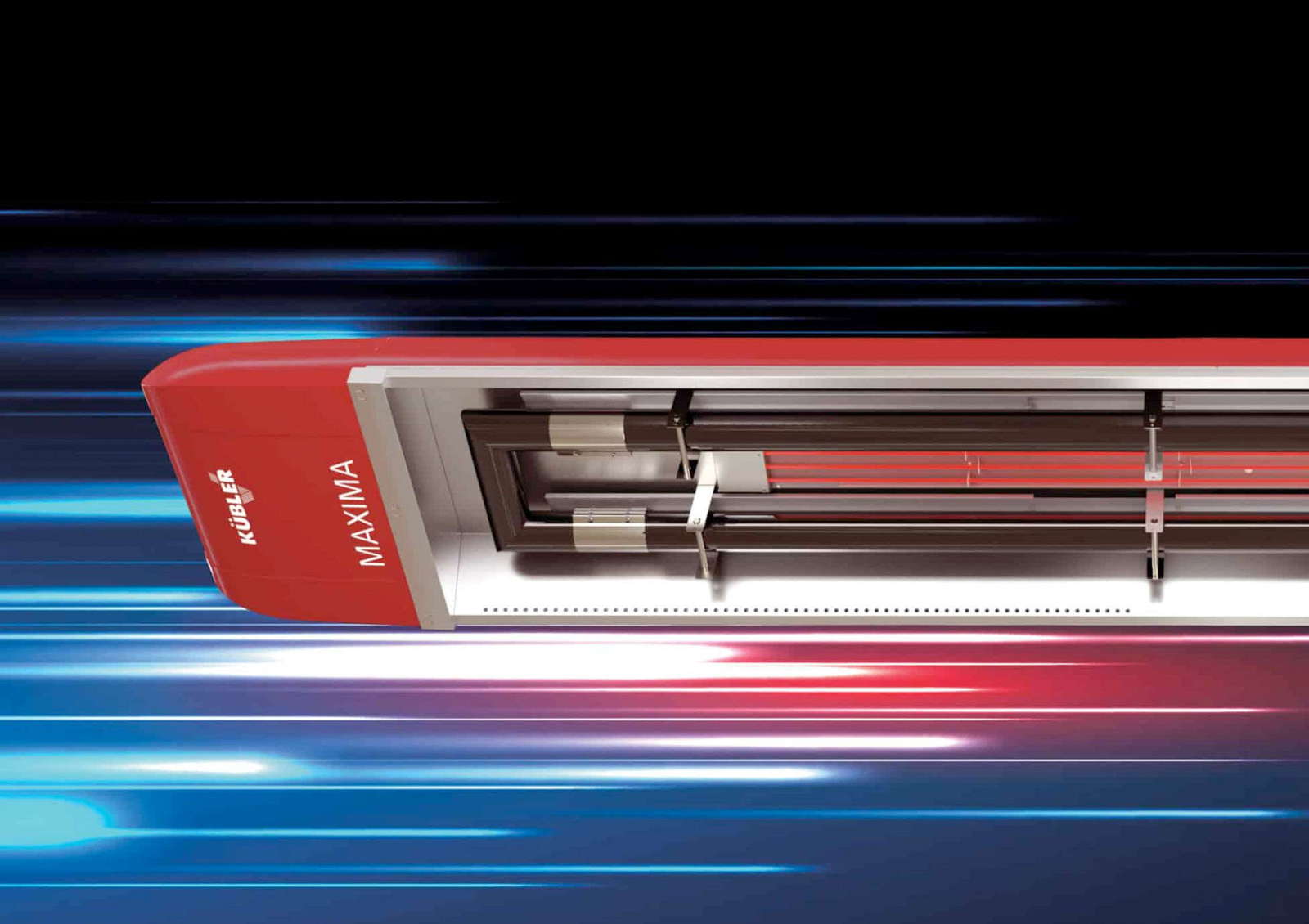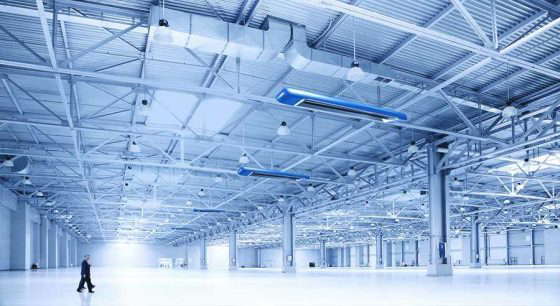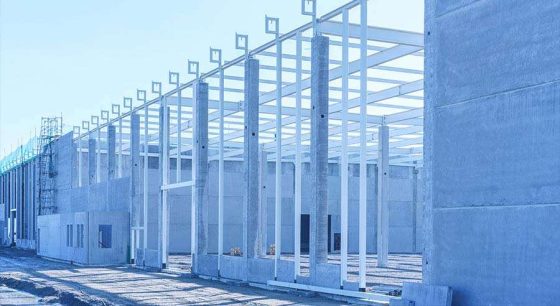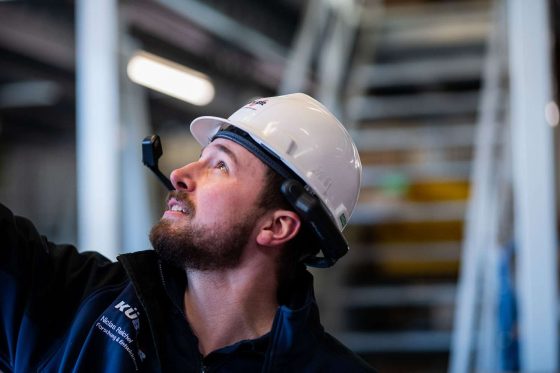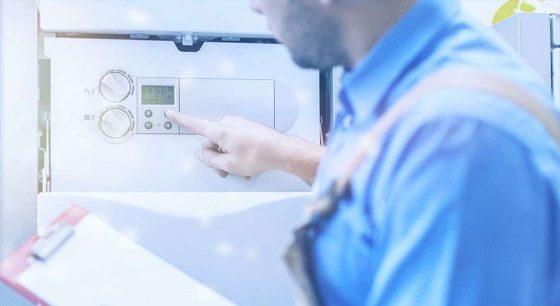How to heat offices with machine waste heat almost free of charge

Almost all machines produce waste heat. Compressed air systems or curing ovens are at the forefront here, as they generate the most heat. However, this usually dissipates unregulated in the building, which is not only annoying, but also a wasted option for reducing your heating costs. In this article, you can find out all about how you can cleverly use the waste heat from your production machines to heat various rooms, such as offices, and thus reduce your heating costs and also do something good for the environment.
Heat offices with the waste heat from your machines
All manufacturing and production processes rely on machines that usually generate a lot of waste heat, which you can use with the help of modern technologies to heat your offices and other premises. However, machines such as curing ovens are not the only ones that give off valuable heat. Other technologies or building heating systems also have significant potential for warm exhaust air that you should use to heat offices, for example.
Heat offices cleverly - stop waste heat going to waste
In most cases, the valuable waste heat from your machines and building heating systems is wasted in the building without being regulated, which is annoying. On the one hand for the environment, but above all for business management. This is because a lot of energy is wasted in this way, which has to be paid for expensively elsewhere, for example to heat the canteen or the office. But does this now mean that every single machine or Heating must be elaborately equipped with its own residual heat utilization?
Equip machines to heat offices with waste heat
For many commercial enterprises and companies, this question is more economically relevant than initially assumed. Technologies such as integrated heat exchangers can be an interesting approach here. They are designed to combine different heat flows and make maximum use of them in the company, thus heating rooms such as offices. The investment costs are so low that they do not really outweigh the savings. Depending on the system, offices or entire office areas can be heated in this way. One example is a medium-sized production company in North Rhine-Westphalia, where energy consumption has been reduced so significantly that the management can look forward to around 46,000 euros more cash in the till every year.
Conclusion: Waste heat is the smartest way to heat your offices
The waste heat from your production machines is valuable - don't just let it go to waste. An ideal way to use waste heat intelligently is to use it to heat your offices, for example. But of course you can also reuse the waste heat from your machines in other ways. Find out exactly how here.
Have we piqued your interest in clever ways to heat your office? Simply contact us Contact us and find out more about our solutions for residual heat utilization.
By the way: the next Hot tip around the topic Energy efficiency & hall building we'll tell you next time.
-
If you are reading this article, you are probably looking for an efficient way to heat your industrial or commercial building. During your research, you have already come across one or other technology such as dark radiant heaters or hot air. Now you want to know why dark radiant heaters in particular are repeatedly highlighted as especially efficient. We'll tell you!
-
Are you looking for an economical and sustainable heating system for your new building? Then you should invest enough time in planning. And avoid the following mistakes.
-
Nobody thinks about the hall heating when the sun is blazing, the asphalt is glowing and everyone is grateful for the slightest cooling. Or do they? Because anyone who looks ahead knows that summertime is maintenance time. So if you want to start the winter safely with your production halls or warehouses, it's good to be prepared. After all, the next heating period is often around the corner sooner than you think, which raises the question: is your hall heating system fit for the next season?
-
When production is running in the run-up to Christmas, nobody has time for heating control. The main thing is that it is nice and warm in the hall. Once set, the heating runs for the specified operating times.
